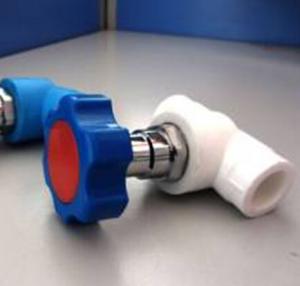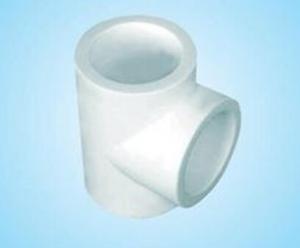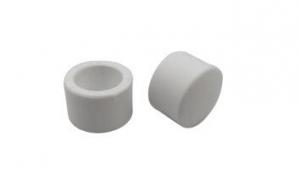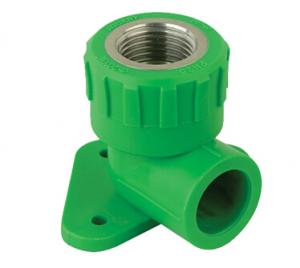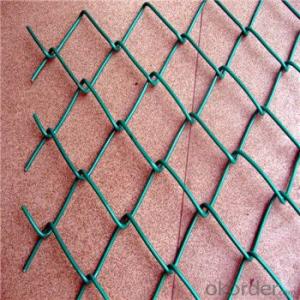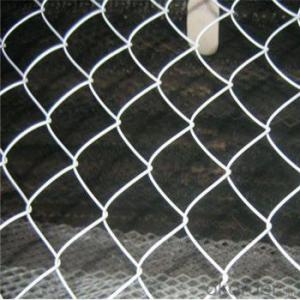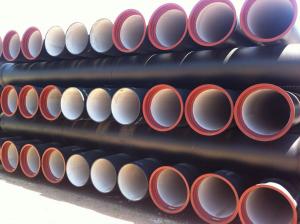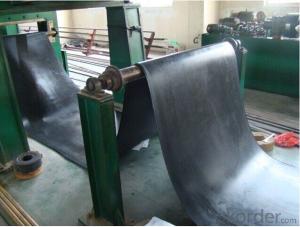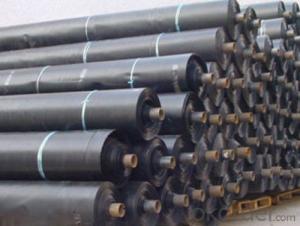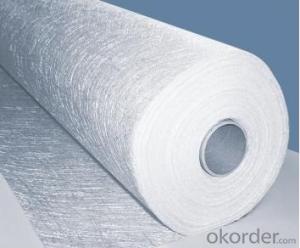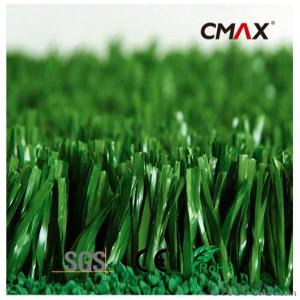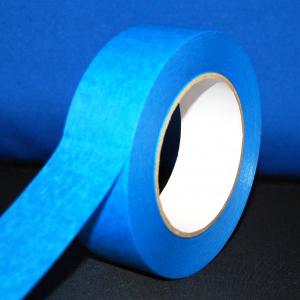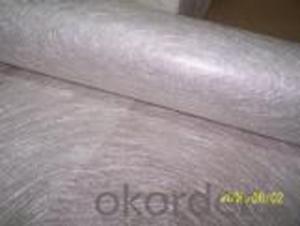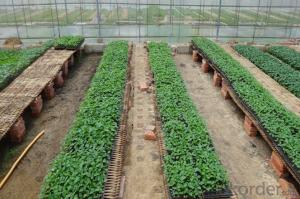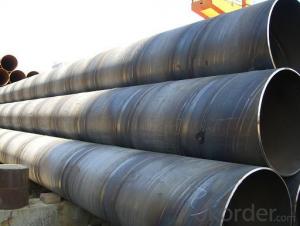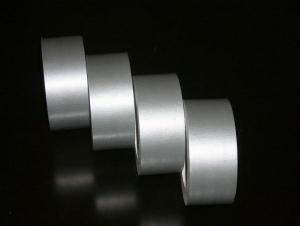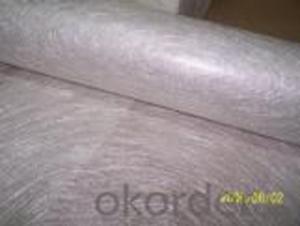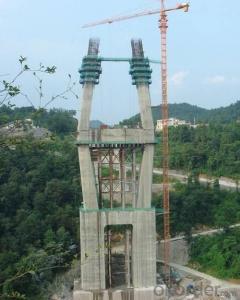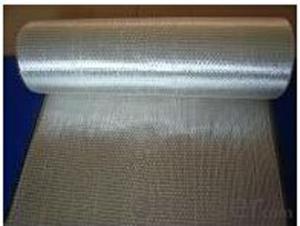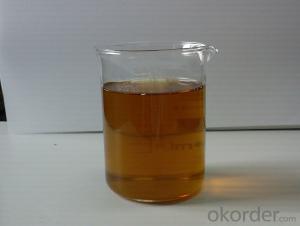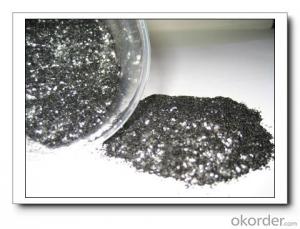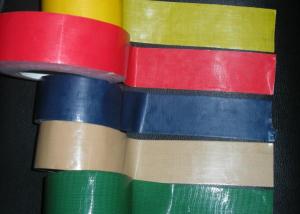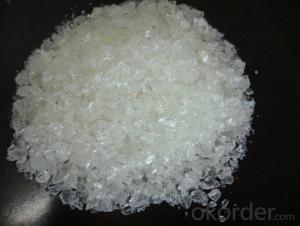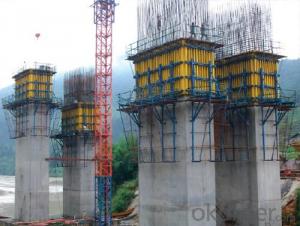Doka Top 50
Doka Top 50 Related Searches
Small Plastic Tubes With Lids Garden Summerhouse With Storage Teal Accent Chair With Arms Nightstand Lamp With Usb Driveway Pillars With Lights Cr2330 Battery With Tabs Classroom Chairs With Wheels Blu Ray Player With Recorder Blu Ray Player With Internet Woven Steel Mesh PanelsHot Searches
Mini Inverter With Battery Online Shopping ppr pipe manufacturers in saudi arabia ppr pipes price list philippines ppr type 3 Food Mixer Sale Mini Inverter With Battery Online Shopping ppr pipe manufacturers in saudi arabia ppr pipes price list philippines Brass Cable Glands Price List ppr type 3 Tinplate Factory Geomembrane Factory Globe Valve Manufacturers Usa Mini Inverter With Battery Online Shopping Stainless Steel Factory Stainless Steel Supply Near Me Steel Girder Cost Stainless Steel Tubing Near Me Stainless Steel Welder Near Me Stainless Steel Shop Near MeDoka Top 50 Supplier & Manufacturer from China
Okorder.com is a professional Doka Top 50 supplier & manufacturer, offers integrated one-stop services including real-time quoting and online cargo tracking. We are funded by CNBM Group, a Fortune 500 enterprise and the largest Doka Top 50 firm in China.Hot Products
FAQ
- Geogrids improve soil reinforcement by providing additional tensile strength to the soil, preventing lateral movement and improving its overall stability. They act as a reinforcement material that distributes the load over a wider area, reducing the stress on the soil and preventing its failure. Additionally, geogrids increase the frictional resistance between soil particles, enhancing the soil's shear strength and preventing soil erosion.
- Yes, geogrids can be used in erosion control applications. Geogrids are commonly used to reinforce soil and prevent erosion by providing stability to the ground. They help to distribute loads, improve soil retention, and increase the resistance to erosion caused by water or wind.
- Yes, geogrids can be used in retaining walls for waterfront parks. Geogrids are commonly used in retaining wall construction as they provide reinforcement and stability to the soil. In the case of waterfront parks, where the retaining walls are exposed to water and potential erosion, geogrids can help prevent soil movement, maintain the integrity of the wall, and enhance its overall durability.
- The effect of steel and plastic grille in steel and plastic grille
- 3 steel plastic grille for the construction of convenient, time-saving, labor-saving, shorten the construction period, reduce maintenance costs.4 steel plastic grille used to prevent cracks in culvert.5 plastic steel plastic geogrid is used to enhance soil slope and prevent soil erosion.
- The tensile strength of a steel bar is about the number of cattle per square millimeter per square millimeter. The tensile strength of Gsa's cattle per meter, understand the carrying capacity of tensile Gsa every one meter in width is the number of cattle (considering Gsa gap), or single Gsa every one meter in length tensile capacity is the number of cattle (the size effect of Gsa does not consider the length direction). Please advise!
- The tensile strength of geogrid is most units per meter number kn, because the steel mesh size is uncertain, unlike the types of glass fiber grid less, as long as know what type of glass fiber yarn will be able to know what is the tension
- Yes, geogrids can be used in green wall systems. Geogrids provide structural support and reinforcement to the soil, allowing for the vertical growth of plants on the green wall. They help prevent soil erosion and improve stability, making them a suitable choice for green wall construction.
- Details of fiberglass geogrid
- 3, high temperature rutThe asphalt concrete has rheological properties at high temperature, specific performance in summer: asphalt road surface soft and sticky; under the vehicle load, the stress area from depression, vehicle load after the removal of the asphalt surface layer cannot be completely restored to the loading condition before, which produce plastic deformation in the vehicle repeatedly; under the action of rolling plastic deformation accumulation, rutting. We analyze the asphalt pavement structure, because of high temperature asphalt concrete with rheology, while under load, without any constraint mechanism can aggregate movement of the asphalt concrete surface layer, resulting in asphalt surface layer goes on, this is the main reason of the formation of rutting.The fiberglass geogrid is used in the asphalt overlay, which plays the role of skeleton in the asphalt surface layer. The asphalt concrete aggregate throughout the grid, to form a composite mechanical interlocking system, limit the aggregate movement, increase the lateral cover surface layer in asphalt binding, each part of the asphalt layer in each other, to prevent the asphalt surface layer goes on, which plays the role of rutting resistance.
- Yes, geogrids can be used in the reinforcement of embankments on expansive clays. Geogrids are commonly used in geotechnical applications to enhance the stability and strength of soil structures. By incorporating geogrids into the embankment design, they can help distribute loads, reduce settlement, and provide reinforcement against lateral movement. This is particularly beneficial when dealing with expansive clays, which are prone to swelling and shrinkage. The geogrids can effectively restrain the clay's movement and prevent potential damage to the embankment.

